
Dr. Giovanni Capurso from Helmholtz‐Zentrum Geesthacht – Zentrum für Material‐ und Küstenforschung GmbH (HZG, Germany) visited Hystorsys AS (HSS) and IFE in Kjeller, Norway from 29 October 2019 until 01 December 2019 accomplishing a 1-month secondment.
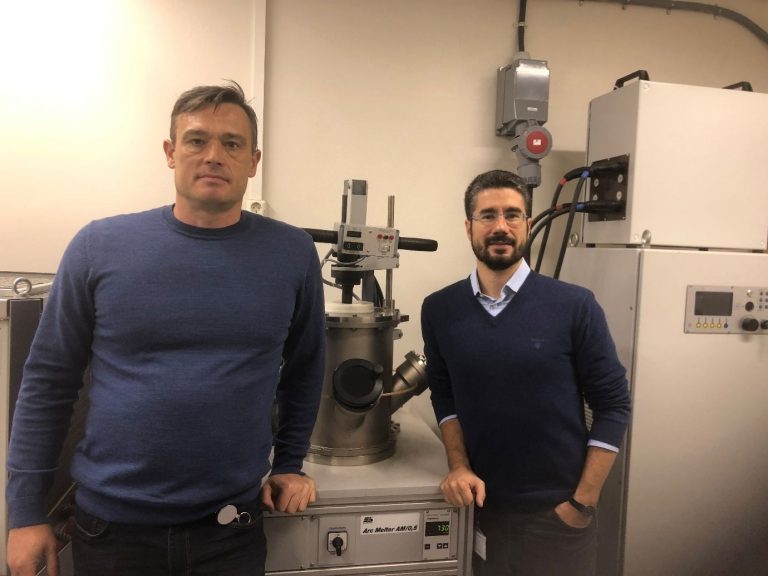
Figure 1. From left to right: Dr. Roman Denys (HSS), Dr. Giovanni Capurso (HZG), in the background the arc-melter used to prepare the samples/alloys.
Dr. Capurso from HZG has been seconded to HSS mainly to work on the activities of work package 1 (WP1: Development and characterisation of advanced MH materials for hydrogen storage and compression) for summarizing the details of specification to metal hydride materials to be used in hydrogen storage and compression systems, as well as discussing and agreeing upon the most promising target compositions and preparation routes using arc‐melting. In addition, the analytical methods necessary for the materials characterization were defined.
In detail, the experimental work was focused on the characterization of thermodynamic properties, by means of the Pressure-Composition-Temperature curves in a multicomponent Laves-type Ti, Zr, La, Ni, Mn, V, Fe alloy.
The sample was prepared in the first secondment (May 2019) with the perspective of improving the knowledge of multicomponent alloys, with the composition Ti0.3Zr0.7Mn0.7V0.12Fe0.12Ni1.2La0.03.
As agreed at the end of the previous secondment period, the sample was characterized structurally and morphologically at HZG; preliminary tests were, in fact carried out.
This included analysis of the XRD patterns obtained on the powdered alloy after its activation and H2 absorption/desorption cycling.
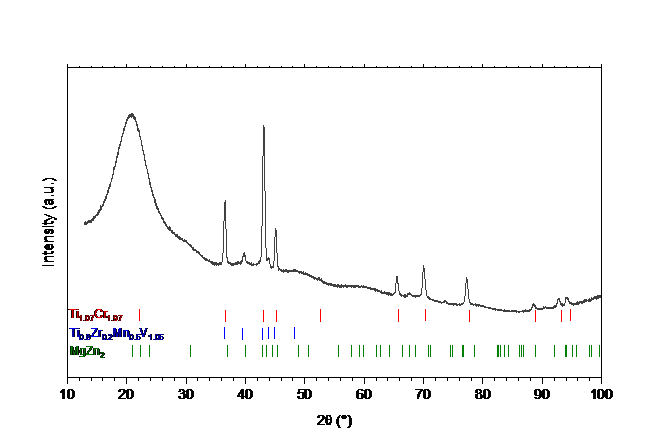
Figure 2. XRD pattern of the initial Ti0.3Zr0.7Mn0.7V0.12Fe0.12Ni1.2La0.03 sample.
The diffraction pattern could not be fitted exactly and directly from existing databases, as its composition is the results of the project experiments, but it was possible to have a satisfactory match of most of the peaks, using the following species:
Ti1.07Cr1.97 (PDF 50-1106)
Ti0.8Zr0.2Mn0.5V1.05 (PDF 14-1691)
For reference, the C14 Laves phase (MgZn2 family) is also indicated, but the pattern does not match completely.
The reason for these differences between the experimental pattern and reference data is in a fact that the unit cell parameters are strongly sensitive to the ration between Ti and Zr as a substitution of rather large Zr atoms (r=1.60 Å) by much smaller Ti atoms (r=1.46 Å) is always accompanied by a contraction of the unit cells. Rietveld refinements of the XRD pattern will allow to refine the crystallographic for the phase constituents (C15 and C14 Laves type intermetallics) and their abundances.
A very preliminary SEM morphological analysis, which will be followed by a proper metallographic analysis of the alloy, is represented by the following pictures.

Figure 3. Micrographs of the sample.
Without a proper preparation and polishing of the surface it is impossible to assess the homogeneity of the samples, but the micrographs taken on the surface showed presence of distinct features in the studied powders as containing grey grains with sharp edges showing a brittle fracture of the alloy particles. The EDX analysis evidenced the different composition of the clearer granular particles, which were almost uniquely composed by Zr, O and La. This last element is not revealed in the rest of the powder particles and it is therefore concentrated in the secondary phase. An accurate metallographic analysis will provide a more accurate insight.
The sample dedicated to thermodynamic properties assessments was crushed and inserted into a sample holder of the manual low-pressure (25 bar H2 max) Sieverts’ apparatus. For the synthesis procedures, please see the report from May 2019.
The sample mass is 1.8709 g and it was activated at 90 °C in dynamic rotary vacuum for 30 minutes. This step was followed by a hydrogenation at approximately 25 bar H2 and by the steps used to determine the experimental points at the isotherm.
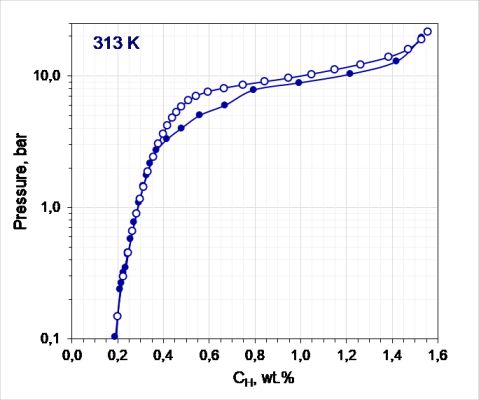
Figure 4. PCT curves of the sample at 40 °C.
The first hydrogen desorption isotherm was measured at 40°C (313 K), showing a second plateau for the desorption curve. This was the case for the previous measurements at 20°C. Such a behavior was as expected, due to the presence of two phases in the alloy.
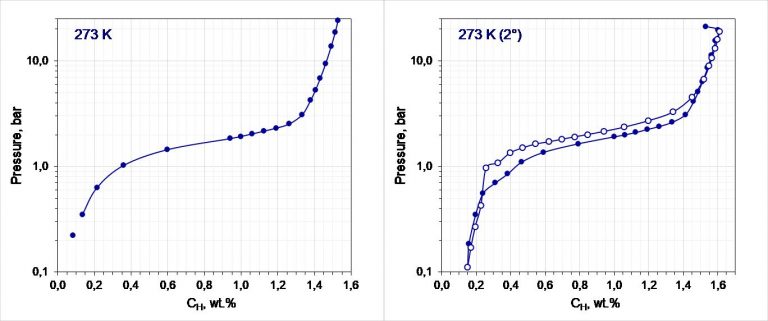
Figure 5. PCT curves of the sample measured at 0 °C.
The second measurement was attempted at 0°C, but it required a repetition, because the first test was not accurate enough in the range around 1 bar (due to the manual control of the vacuum) and it did not show a hint of the second plateau. The repetition, with enough experimental points in that pressure range, can confirm its presence.
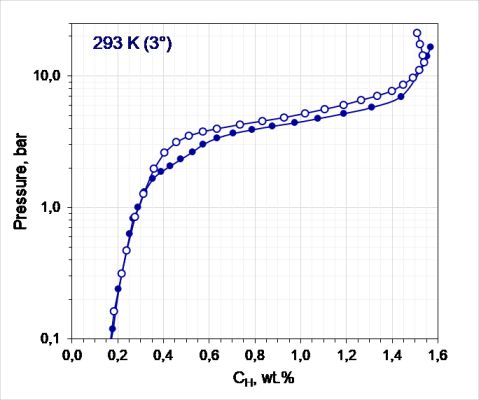
Figure 6. Repetition of the PCT curves of the sample at 20 °C.
Since the sample could have been slightly different from the tests performed in May, also a repetition at 20°C was performed, and once again the measured data are perfectly reproducible.

Figure 7. Partial PCT curves of the sample at 60 °C.
The last measurement was performed at 60°C (333 K), but it is limited to a fraction of the PCT curve, because the maximum pressure reached by the apparatus (25 bar) is not enough to complete the absorption at this temperature. Therefore, starting with desorption actually means having not completely saturated by hydrogen metal hydride sample; on the other side, starting from vacuum does not allow completing the curve, as well, and introduces a shift due to the presence of hydrogen in solid solution, which is not accounted for. These experimental data need deeper analysis and adjustment to be compared to the previous one.
It is planned to perform more experiments in the future. The kinetics curves already measured at HZG will be completed with an expanded temperature range. Calorimetric tests were already planned, but the apparatus maintenance caused a delay.
Dr. Giovanni CAPURSO
Kjeller, 22.11.2019

